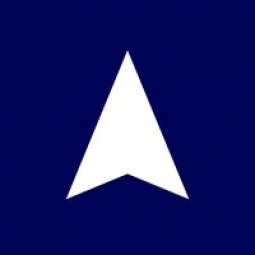Technology Category
- Platform as a Service (PaaS) - Application Development Platforms
- Sensors - Autonomous Driving Sensors
Use Cases
- Geofencing
- Real-Time Location System (RTLS)
About The Customer
Drybar is a brand that has disrupted the haircare industry since its inception in 2012. It has defined a new category with its blowout-only, brick-and-mortar business model. The brand has exceptional recognition, largely due to its highly loyal customer base. The brand's understanding of their clients' location allows them to anticipate client needs, deliver personalized experiences, and strengthen client relationships over time. Amidst the COVID-19 pandemic, the brand faced the challenge of driving appointment bookings in areas that were open and safe. Over 70% of their bookings come directly from their app, presenting an opportunity to improve and optimize the client app experience to secure more appointments and increase revenue.
The Challenge
Since its launch in 2012, the Drybar brand has revolutionized the haircare industry with its unique blowout-only, brick-and-mortar business model. The brand has gained exceptional recognition, largely due to its highly loyal customer base. By understanding the location of their clients, the brand can anticipate client needs, deliver personalized experiences, and strengthen client relationships over time. However, during the COVID-19 pandemic, driving appointment bookings in areas that were open and safe became a critical challenge. With over 70% of bookings already coming directly from the app, the Drybar team saw an opportunity to enhance and optimize the client app experience to secure more appointments and increase revenue.
The Solution
Radar's Geofencing capabilities, flexible Geo APIs, and a privacy-first approach met the needs of both the Drybar Marketing and Product teams. Radar’s extensible platform and turnkey integrations with Braze® and mParticle enabled the team to quickly roll out additional location-based features. By using Radar’s Distance Matrix API, clients can locate and book appointments at nearby Drybar locations. Radar’s user-friendly platform made it simple for the Drybar shops to geofence all locations. A geofence exit event is triggered in Radar as clients leave their appointment, enabling Drybar shops to prompt for feedback via a survey when the experience is top of mind. Drybar shops can leverage Radar to surface relevant offers based on a user’s current location, such as offering coupons in regions experiencing bad weather.
Operational Impact
Quantitative Benefit

Case Study missing?
Start adding your own!
Register with your work email and create a new case study profile for your business.
Related Case Studies.
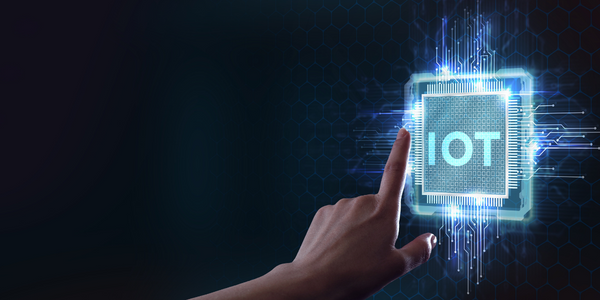
Case Study
Leading Tools Manufacturer Transforms Operations with IoT
Stanley Black & Decker required transparency of real-time overall equipment effectiveness and line productivity to reduce production line change over time.The goal was to to improve production to schedule, reduce actual labor costs and understanding the effects of shift changes and resource shifts from line to line.

Case Study
Digital Retail Security Solutions
Sennco wanted to help its retail customers increase sales and profits by developing an innovative alarm system as opposed to conventional connected alarms that are permanently tethered to display products. These traditional security systems were cumbersome and intrusive to the customer shopping experience. Additionally, they provided no useful data or analytics.
Case Study
IoT Based Asset Tracking System
The existing system used by the customer could only track a few thousand assets and was able to generate only a few standard set of reports. As the number of assets tracked grew exponentially, the system started to break at the seams. The Tracking devices were from different manufacturers following different protocols. There was no proper integration among the devices to send instant alerts. There are thousands of tracking devices spread across multiple geographies, that are moving. The configuration and troubleshooting of these devices incurred heavy costs, which was a logistics challenge. The existing system did not provide sophisticated Analytics, Business Intelligence and Insights from the data
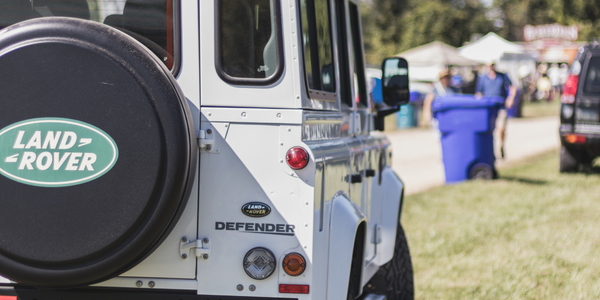
Case Study
Jaguar Land Rover Speeds Order-to-Cash Cycle
At Jaguar Land Rover, vehicles physically move around the facility for testing, configuration setting, rework and rectification, leading to a longer search time to get each vehicle to its next process facility. The main goal is to minimize the vehicles' dwell time between end of line and the delivery chain which was previously a manually intensive process. Jaguar Land Rover's goal was to build on the success of an earlier RFID project and improve the efficiency of delivering vehicles to meet dealer orders.
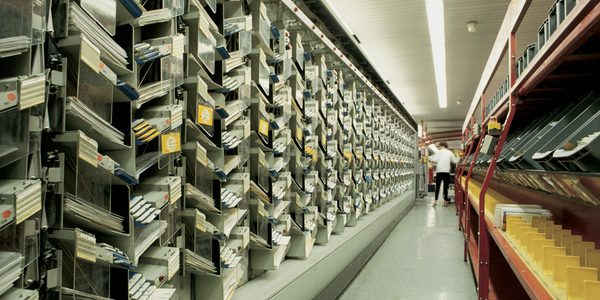
Case Study
Improve Postal Mail and Package Delivery Company Efficiency and Service
Postal mail and package delivery company wanted to replace legacy yard management system, increase inbound and outbound yard velocity, improve priority parcel delivery time and accuracy, reduce workload and overtime, reduce driver detention and measure performance and utilization of yard resources.
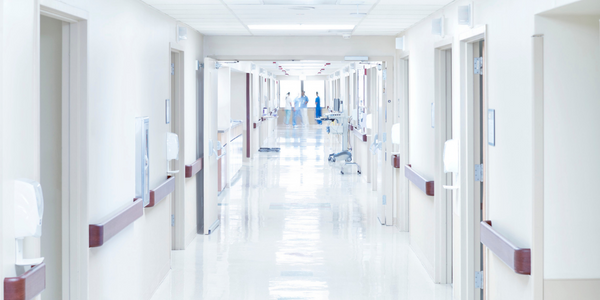
Case Study
Hospital Management Solution
The Oncology Diagnosis and Treatment Center of Brasov wanted to give patients as much freedom to roam as possible, while at the same time ensuring optimal patient safety and security. The centre was in need of an adequate wireless voice communication and messaging solution that would give patients the confi dence that medical staff is always on call, and reduce stress levels of nurses and doctors when called in case of urgent need.




